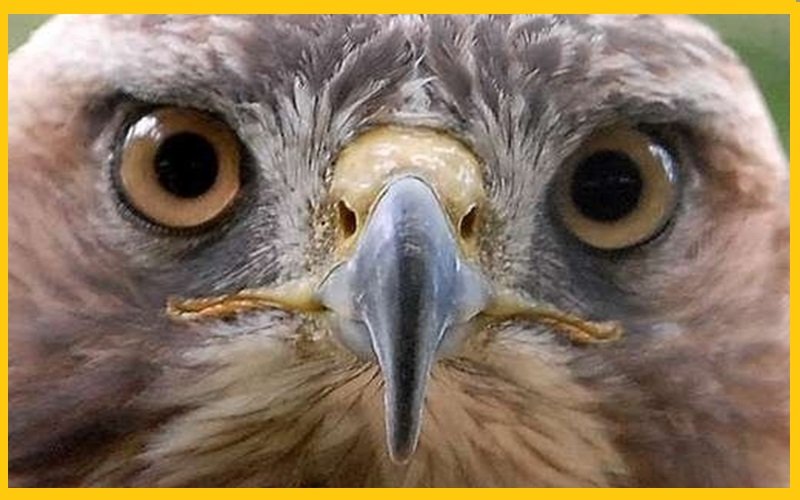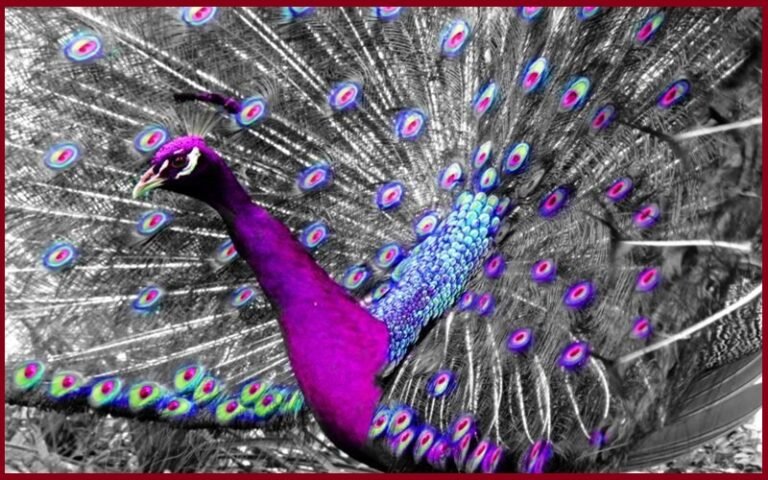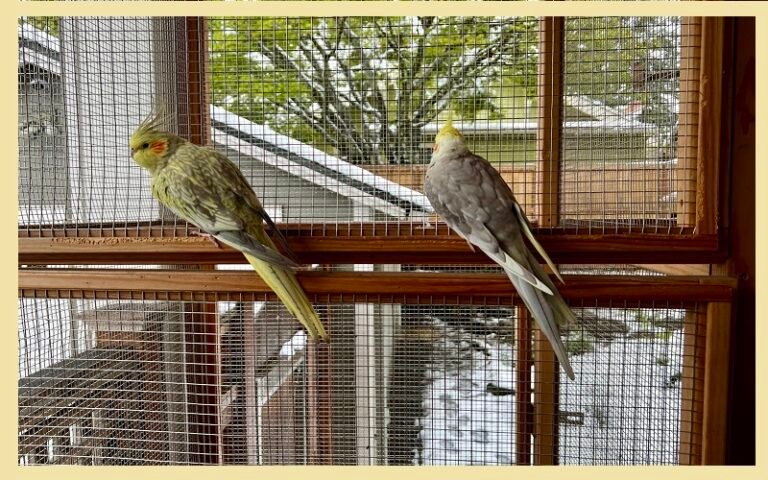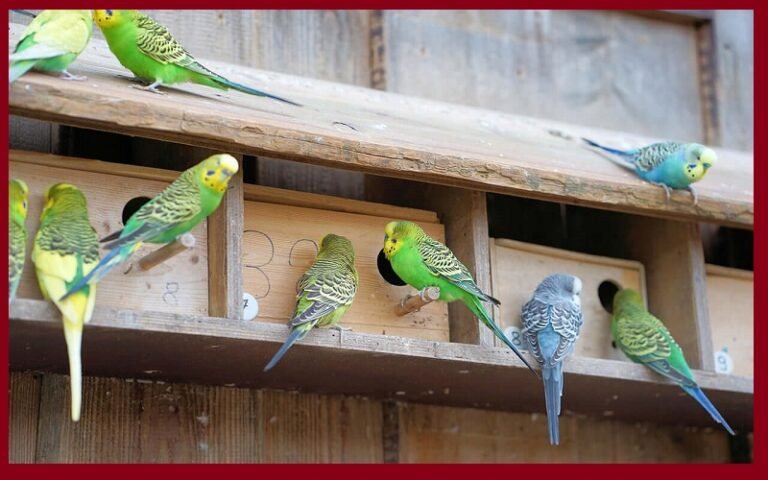Can Hawks See At Night – All You Need to Know
Being predatory birds, Hawks possess excellent skills, especially keen eyesight. However, you might wonder whether they can see both day and night like normal birds.
Well, to give a clear answer, no, hawks cannot see at night. Their excellent vision is only adapted for daytime. Therefore, their activities are limited to a certain period of hours.
In this article, I will discuss in detail whether hawks can see at night by providing excellent vision for both day and night.
Besides, I will also discuss their hunting time, hunting techniques, diet/food list, and, lastly, environmental effects on their hunting style, which evaluate their hunting behavior and help them flourish in the wild as majestic predatory birds.
So let’s explore more details about these majestic predators.

Hawks Vision
One of the key features of hawks, being birds of prey, is their keen eyesight, which helps them see at great distances.
Let’s find out whether their vision is made for day hours, night hours, or both.
Day Vision
As you know, hawks have excellent vision only adaptable in daylight. Their daylight activities make them diurnal birds. Also, they can see better than any other avian species let alone humans.
Researchers have reported that hawks have eight times better eye vision than humans and can see more detailed visionary elements.
As a consequence, they can detect their prey even if it is miles away. They can also detect their prey while they are flying in the sky.
Night Vision
In the same way, the situation is completely different at night. Hawks cannot see at night; their vision only suits their daytime activities.
They do not have tapetum lucidum in their eyes. This tapetum lucidum is a tissue situated behind the retina that allows light to enter during nighttime hours.
This tissue also helps increase the light needed for night vision. As hawks don’t have this issue, their night vision is very poor or fragile compared to other nocturnal birds like Owls.
Owls have excellent night vision, which allows them to see at night. On the contrary, hawks do not see at night because of blackness in their retina to produce visibility in low light circumstances.

Hawks Hunting Time/Do Hawks Hunt at Day or Night?
As hawks are diurnal birds, they have some specific time period when they go out for hunting. Let’s explore whether they are day hunters or night hunters.
During Day
Hawks are strictly diurnal birds, so their activities are limited in daylight. Their breeding, hunting, and nesting are all included during the daytime.
They prefer hunting up to dusk because they can see well during the day rather than at night. They can even see in the low-light conditions of dawn and dusk, which might mislead you into thinking they are night hunters like other nocturnal predators, such as owls.
But no, they only hunt during the times. Immediately when it gets dark, they return to their nests for resting. Additionally, they get enough time to hunt for prey in summer and usually return to their nests in the afternoon.
However, when day hours are mostly shorter in winter, they might face some difficulty finding their prey. In such situations, they hunt until complete darkness, so their hunting hours get a little longer in those days.
During Night
As you already know, hawks are diurnal birds, which means they remain active during the daytime. This means their vision is mainly adaptable to daylight.
As a result, they automatically become day-hunter birds that hunt or search for prey during the daytime. As a result, these predatory skillful creatures have a terrible reputation for hunting at night hours.
Being a royal predator or hunter with sharp claws, beaks, and wide wings but equally powerless at the time of hunting at night. Due to a lack of night vision, these hawks avoid hunting at night.
They choose to stay in their nest during night times and give them proper rest.

Hunting Techniques of Hawks
All these hawks are excellent hunters, possessing some hunting skills that help them hunt effectively and effortlessly in the wild.
Policing the area
Hawks use their sharp talons to grab their prey from the ground or the tree. Usually, they sit on high perches and detect their prey from a distance.
Then, they don’t use a direct grabbing technique but wait. Later, they fly a couple of rounds by locating the trees.
After that, they use their divine techniques to grab their prey, which is quite unexpected for the prey to understand. They use their strong talons to break their prey’s neck in one go and tear the flesh with their strong beaks.
Individual Hunting Rather Groupings or Pairings
Usually, you will not see them hunting in groups or pairs. Rather, they hunt alone. Most Hawks hunt and spend their life alone except during the breeding and mating season.
So, during this time period, you might see them in groups or pairs, even though they go alone to search for food for their partners and for themselves.
However, Harris hawks are the only ones you might see hunting in groups or pairs. These social hawks prefer to be in groups or pairs.
As they hunt in groups, they all go from leaders to juniors attacking technique. If the leaders fail to attack the prey, then the second one will attempt to kill the prey. And so, the series will continue.
Apart from this hawk, most of the hawks spend most of their time alone and prefer to hunt alone as well.
Gliding
Sometimes, they also glide in the sky to search for prey. They mostly glide at a high altitude and estimate range from the surface level so that their prey can’t detect their surroundings.
In this technique, their keen eyesight is the main weapon for detecting their prey. Their extraordinary day vision helps them spot their prey from miles away.
Suffocating or Breaking the Neck
While grabbing their prey within their talons these hawks sometimes suffocate their prey by tightening their grabbing or holding.
This technique is well suited for small prey but it won’t work for larger prey. At the time of larger prey, they usually break down their neck after grabbing them, so they cannot escape from him or run away after releasing them.

What Types of Prey Hawks Hunt?
Now, let’s talk about the choices they prefer for hunting. As they are predatory birds, they can hunt large animals up to 60 pounds.
They can even carry prey equal to or larger than their body weight. In terms of food, they prefer smaller birds like sparrows, jays, and songbirds.
They also prefer small mammals, such as mice, rats, voles, squirrels, frogs, snakes, lizards, rabbits, rodents, crayfish, crabs, and insects.
Their diet might also change depending on the availability of food and the habitats they choose for living.
Environmental Effect on Hawks Hunting Behavior
In addition, the Environment is also a factor that influences hawks’ hunting behavior. You might spot hawks for hunting during sunny and clear daytime.
Hawks’ hunting behavior also depends on the weather conditions of the environment. They go hunting on sunny, clear days. On the contrary, they avoid heavy rainy days or monsoon seasons to search for food.
Similarly, it also depends on the availability of the foods or prey around them. They hunt within their territorial range of habitat areas.
Therefore, their hunting strategies will be different and reformed if they are unable to find food around their regions. Sometimes, their hunting also depends on the seasonal period, such as breeding, mating, and nesting seasons.
And so, other predatory competitions will also impact their hunting behavior. For example, if other predatory birds or hawks are near their territories, there might be some competition game to search for food.
In such cases, hawks might change their hunting strategies and techniques to find prey. Hence, all these factors might influence their hunting behavior.
Final Thought
Summing up all the points, I can clearly assure you that hawks cannot see at night as they are diurnal birds, not nocturnals.
Mostly, their activities are surrounded by day hours, so they all also hunt during day hours and avoid hunting at night because of poor night vision.
These hawks also used their specialized hunting techniques to hunt their prey along with their hunting list containing small birds, mammals, mice, voles, rabbits, hares, rodents, snakes, and so on.
Lastly, environmental factors, such as bad weather, food availability, predatory competitions, and others, also affect their hunting behavior.
All these factors evaluate hawks’ hunting behaviors, which make them thrive in the wild as majestic predators.







